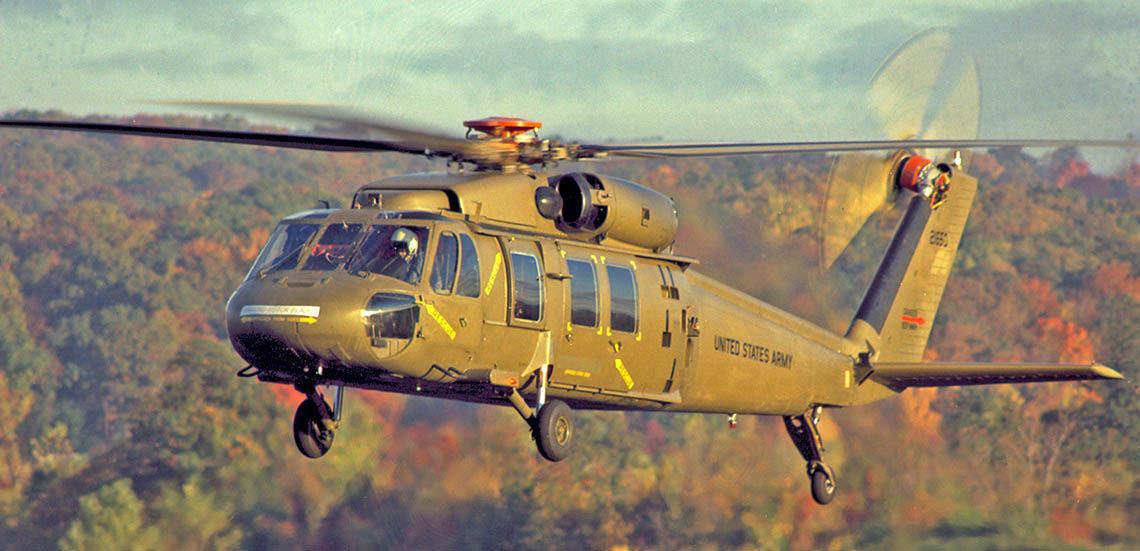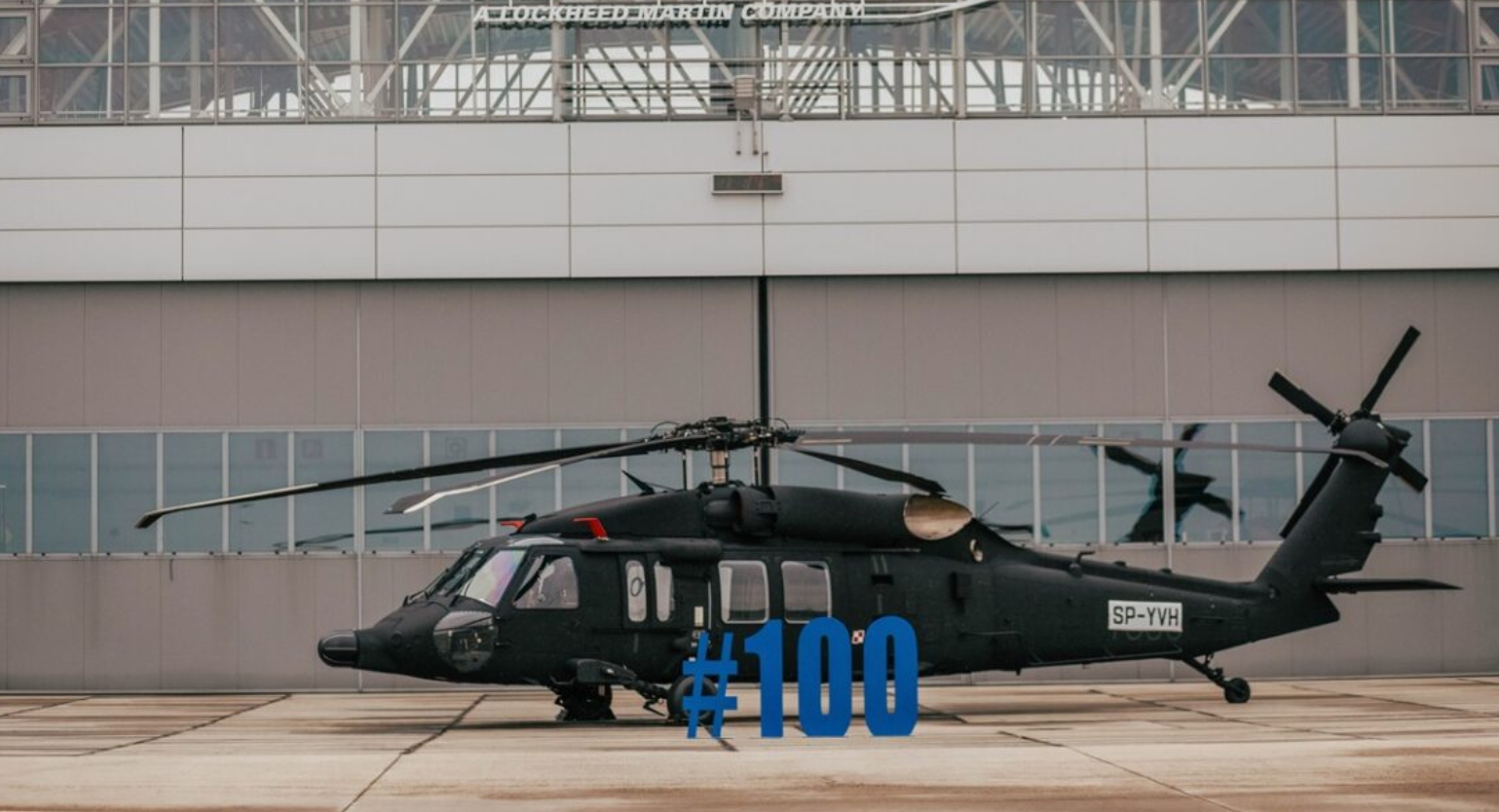High-Performance Multi-Role Rotorcraft Featuring Advanced Cabin Technologies and Integrated Sensor Equipments
The realm of rotorcraft modern technology has seen notable advancements in current times, especially in the realm of high-performance multi-role rotorcraft equipped with innovative cockpit modern technologies and perfectly incorporated sensing unit systems. In the following conversation, we will certainly check out the evolution of rotorcraft innovation, dig into the world of sophisticated cockpit developments, and examine the implications of integrated sensing unit systems on the operational flexibility and efficiency of modern rotorcraft.
Advancement of Rotorcraft Innovation
The development of rotorcraft technology has been marked by substantial improvements in aerodynamics, materials, and propulsion systems, forming the capabilities and efficiency of modern rotorcraft. Wind resistant enhancements have actually improved the efficiency and ability to move of rotorcraft, allowing for increased speed, agility, and stability throughout trip (sikorsky s 70). Innovations in products, such as making use of composite materials and progressed alloys, have caused lighter yet stronger rotorcraft frameworks, improving general efficiency and toughness. Additionally, developments in propulsion systems, consisting of extra powerful engines and ingenious propulsion modern technologies, have actually enabled rotorcraft to accomplish higher altitudes, faster speeds, and higher payloads.
These improvements have not only transformed the capacities of rotorcraft however have actually additionally increased their applications throughout numerous sectors, consisting of armed forces, business, and emergency situation solutions. The constant development of rotorcraft technology remains to drive innovation in the field, pushing the boundaries of what is feasible and forming the future of upright trip.
Advanced Cockpit Innovations
Building upon the foundational improvements in aerodynamics, products, and propulsion systems, the realm of rotorcraft modern technology currently moves focus in the direction of introducing Advanced Cabin Innovations. The combination of innovative innovations within the cockpit setting plays a crucial role in boosting the operational capacities, security, and efficiency of contemporary rotorcraft. sikorsky s 70. Advanced Cockpit Innovations include a vast array of features created to provide pilots with improved situational recognition, streamlined information monitoring, and user-friendly control interfaces
One of the vital developments in cabin design is the execution of glass cockpits, which change traditional analog assesses with high-resolution screens. These digital systems use customizable layouts, real-time information integration, and enhanced readability, making it possible for pilots to access crucial information at a look. Progressed avionics systems, such as fly-by-wire controls and boosted truth screens, are changing just how pilots interact with the airplane, enabling for exact control and boosted decision-making capacities.


Integrating advanced cabin developments not just boosts pilot efficiency but likewise adds to general goal performance and security in intricate operational atmospheres. By leveraging advanced technologies within the cockpit, rotorcraft suppliers are establishing new requirements for functional quality and objective success.
Integrated Sensing Unit Systems
With the development of rotorcraft technology, the assimilation of innovative Integrated Sensor Equipment has ended up being vital in boosting operational performance and safety and security. These Integrated Sensing unit Solutions encompass a wide range of modern technologies that supply critical data for various features such as navigating, security, targeting, and ecological surveillance. By perfectly incorporating sensors like radars, video cameras, lidar, and infrared systems right into rotorcraft, drivers can profit from enhanced situational awareness, improved mission capabilities, and decreased pilot work.
One trick advantage of Integrated Sensor Systems is their ability to gather real-time information and give workable insights to pilots and objective operators. As an example, advanced radar systems can find and track targets over long ranges, enabling for early hazard discovery and reliable action preparation. In addition, incorporating infrared and electro-optical electronic cameras allows rotorcraft to carry out reconnaissance and surveillance objectives with his response precision and precision.
Basically, the combination of sophisticated sensor technologies right into rotorcraft not just improves functional efficiency however also see adds substantially to overall mission success and staff safety. As rotorcraft remain to evolve, the duty of Integrated Sensor Equipment will definitely continue to be at the leading edge of innovation in the aerospace industry.
Functional Adaptability and Efficiency
Enhancing operational adaptability and effectiveness in rotorcraft is a natural development from the combination of advanced Integrated Sensing unit Equipments. By leveraging the information and understandings supplied by these cutting-edge sensor systems, rotorcraft can maximize their efficiency across different goals and atmospheres.
Operational versatility includes the capability of rotorcraft to adjust to different functions and circumstances successfully. With advanced cockpit innovations and incorporated sensor systems, rotorcraft can effortlessly change in between tasks such as search and rescue, clinical discharge, security, and more. This versatility improves the rotorcraft's ability to satisfy diverse operational needs without requiring comprehensive reconfiguration.
Performance in rotorcraft procedures is crucial for maximizing goal performance and source use. Integrated sensor systems play a pivotal role in boosting operational efficiency by giving real-time data on climate condition, surface mapping, target tracking, and a lot more. This data enables pilots to make enlightened decisions quickly, optimize trip paths, conserve gas, and improve overall objective efficiency.
Influence On Modern Air Travel Operations

In addition, the combination of innovative sensors assists in enhanced objective preparation and execution, allowing rotorcraft to execute a large range of jobs with boosted precision. From search and rescue procedures to airborne firefighting and law enforcement objectives, the abilities of modern rotorcraft furnished with innovative cabin modern technologies and integrated sensing unit systems pop over to these guys are unparalleled.
Additionally, the effect of these advancements extends beyond operational efficiency to cost-effectiveness and sustainability. By enhancing trip courses, gas consumption, and maintenance schedules, high-performance rotorcraft geared up with sophisticated cabin innovations and sensing units add to reducing operational costs and environmental impact, making them essential possessions in contemporary air travel operations.
Conclusion
To conclude, the high-performance multi-role rotorcraft with sophisticated cockpit modern technologies and integrated sensing unit systems stands for a substantial evolution in air travel innovation. These advancements improve operational flexibility and efficiency, ultimately impacting modern-day aeronautics procedures in a positive way. The assimilation of these innovative modern technologies enables improved capabilities and efficiency in different mission situations, showcasing the continued development of rotorcraft technology in the aeronautics sector.
The world of rotorcraft innovation has seen remarkable improvements in recent times, specifically in the realm of high-performance multi-role rotorcraft equipped with cutting-edge cabin modern technologies and seamlessly incorporated sensing unit systems. From boosted goal flexibility to boosted operational effectiveness, the convergence of innovative cockpit modern technologies and incorporated sensing unit systems has ushered in a new period of possibilities for rotorcraft applications. In the adhering to discussion, we will certainly explore the development of rotorcraft technology, dig right into the world of innovative cabin developments, and check out the implications of integrated sensor systems on the functional versatility and efficiency of modern-day rotorcraft.

 Danica McKellar Then & Now!
Danica McKellar Then & Now! Erik von Detten Then & Now!
Erik von Detten Then & Now! Marcus Jordan Then & Now!
Marcus Jordan Then & Now! Raquel Welch Then & Now!
Raquel Welch Then & Now! Kerri Strug Then & Now!
Kerri Strug Then & Now!